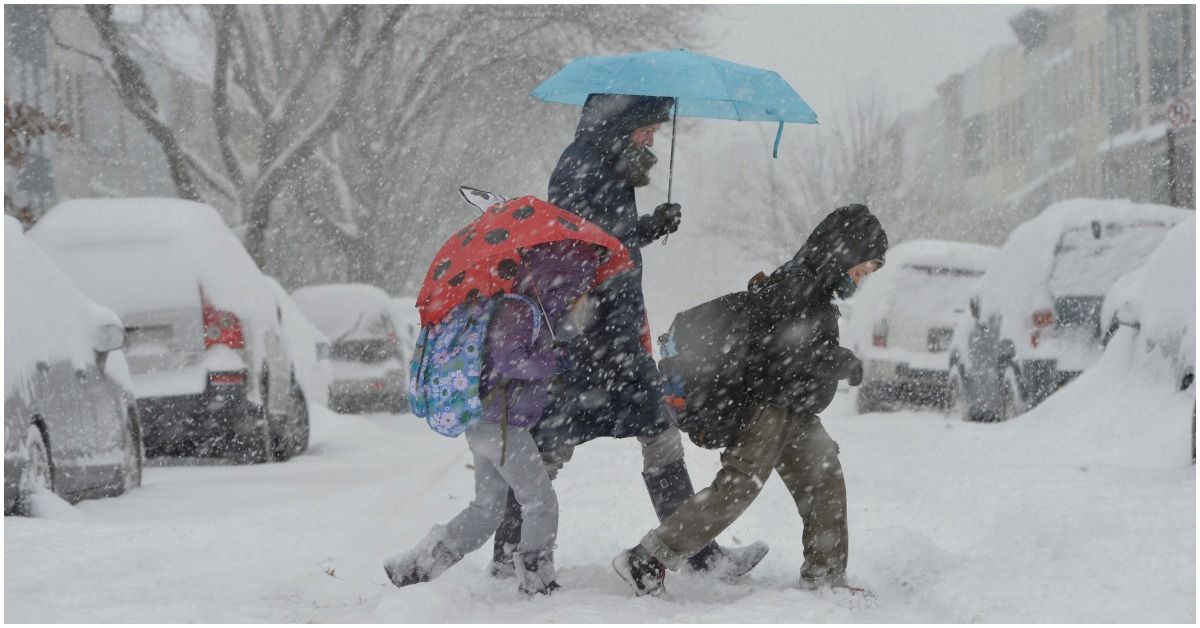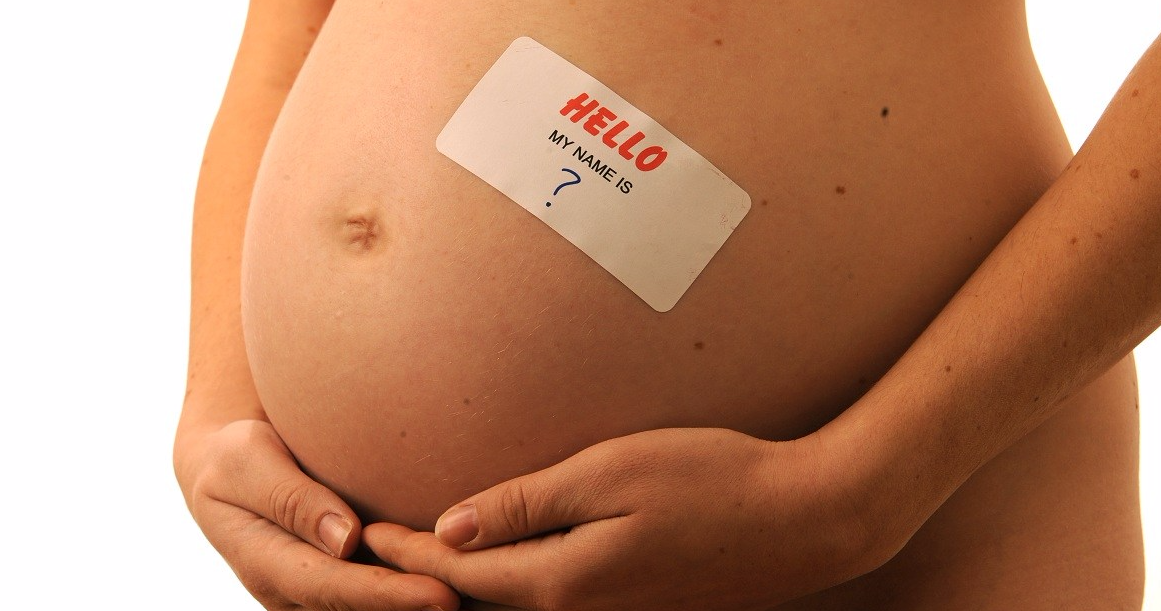As the temperature drops parents always fret about their children's safety, but there's a good reason to be more concerned this year.
The east coast was just hit by a "bombogenesis," or massive low pressure area which could continue to bring snow and hurricane-force winds to parts of the Northeast this week. The country has already been feeling the chill this season, with freezing cold temperatures and snow as far south as Florida.
YO ITS ACTUALLY SNOWING IN TALLAHASSEE pic.twitter.com/Ydh9pc4QPG
— Big Ern (@ernstnation) January 3, 2018
But despite the frightful weather conditions, parents tend to overlook the risk of frostbite. We imagine it's something you catch while climbing Mount Everest, not walking to school. But in fact that isn't true.
As the National Weather Service demonstrates in their wind chill chart, at temperatures of -5 degrees with winds gusting at 15 mph, it feels like -26 degrees outside, and takes just half an hour to get frostbite.

With temperatures of -15 degrees and sharp 20 mph winds, it takes only 10 minutes to catch frostbite. And children are more vulnerable than adults because their skin loses heat faster.
Make no mistake, frostbite - and mild cases called "frostnip" - do happen, so parents should learn the signs of this condition and how to treat it.
Luckily, the best way to protect yourself or your children from frostbite is pretty obvious.

You just need to bundle up, but take care to cover areas like your nose, earlobe, fingers, hands and toes. They feel the sting of frostbite first, so invest in a muffler and a thick pair of gloves.
When kids come inside after playing in the snow, it's also important to make them change out of their wet clothes, which can keep chilling them even indoors.

Frostbite can actually be treated at home if you know what to look out for, so study this list of common symptoms:
- Skin that turns red, white, or grayish-yellow
- A prickly, painful feeling on the surface of your skin
- Hard and waxy skin
- Numbness or tingling on the skin
- A cold but "burning" feeling in the affected area
- Blistering
You can treat frostbite by taking the patient indoors and bathing their damaged skin in room temperature water. If that doesn't make the symptoms improve after 20 minutes, you should seek medical attention.
Don't use hot water, a heating pad or a fire to warm frostbitten skin, because it's sensitive and can be damaged easily.
It's also important not to let your damaged skin re-freeze while getting medical attention, so wrap it in a sterile bandage and warm clothes.
Remember to keep an eye on those temperatures and dress warm!
[H/T: KidsHealth]

